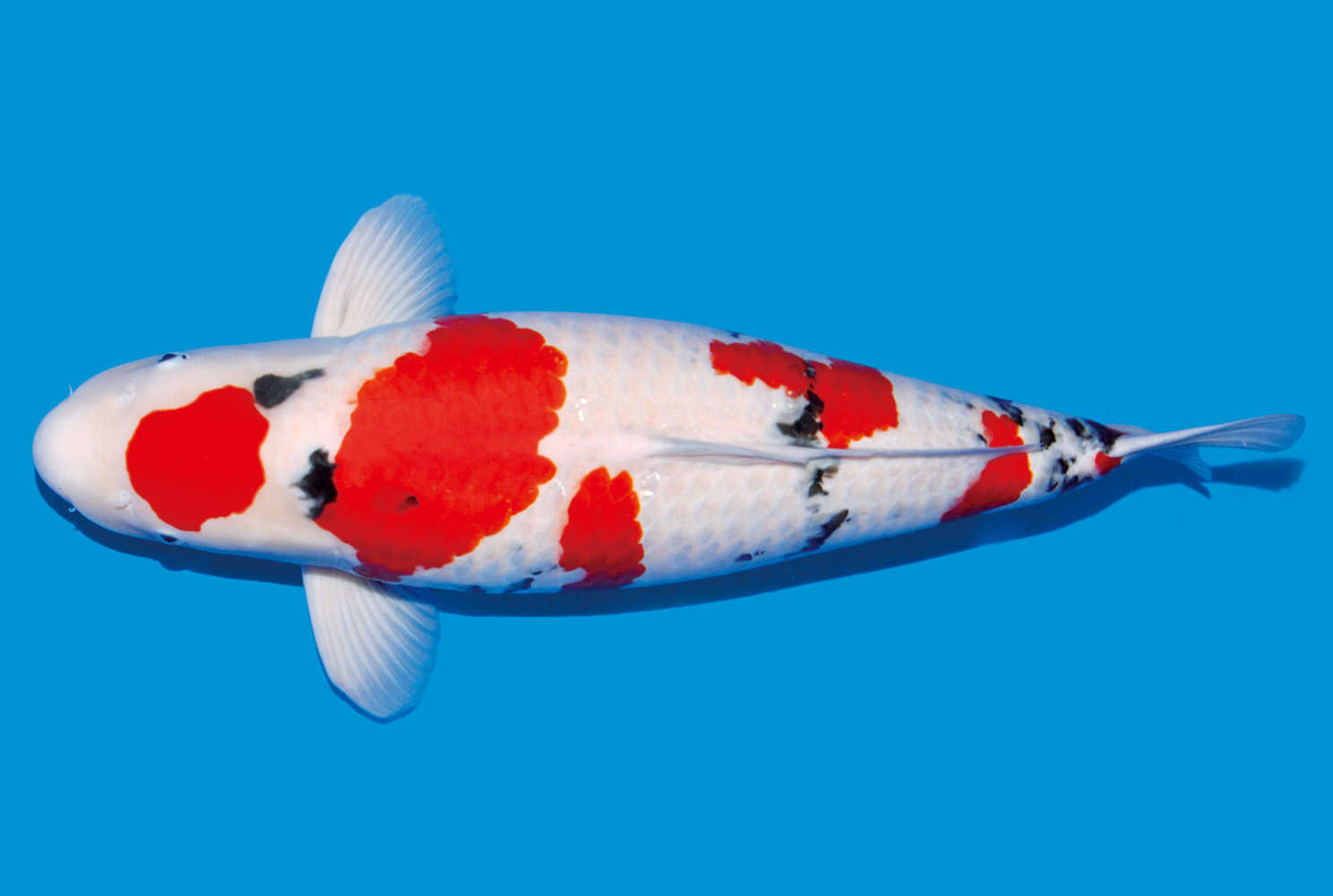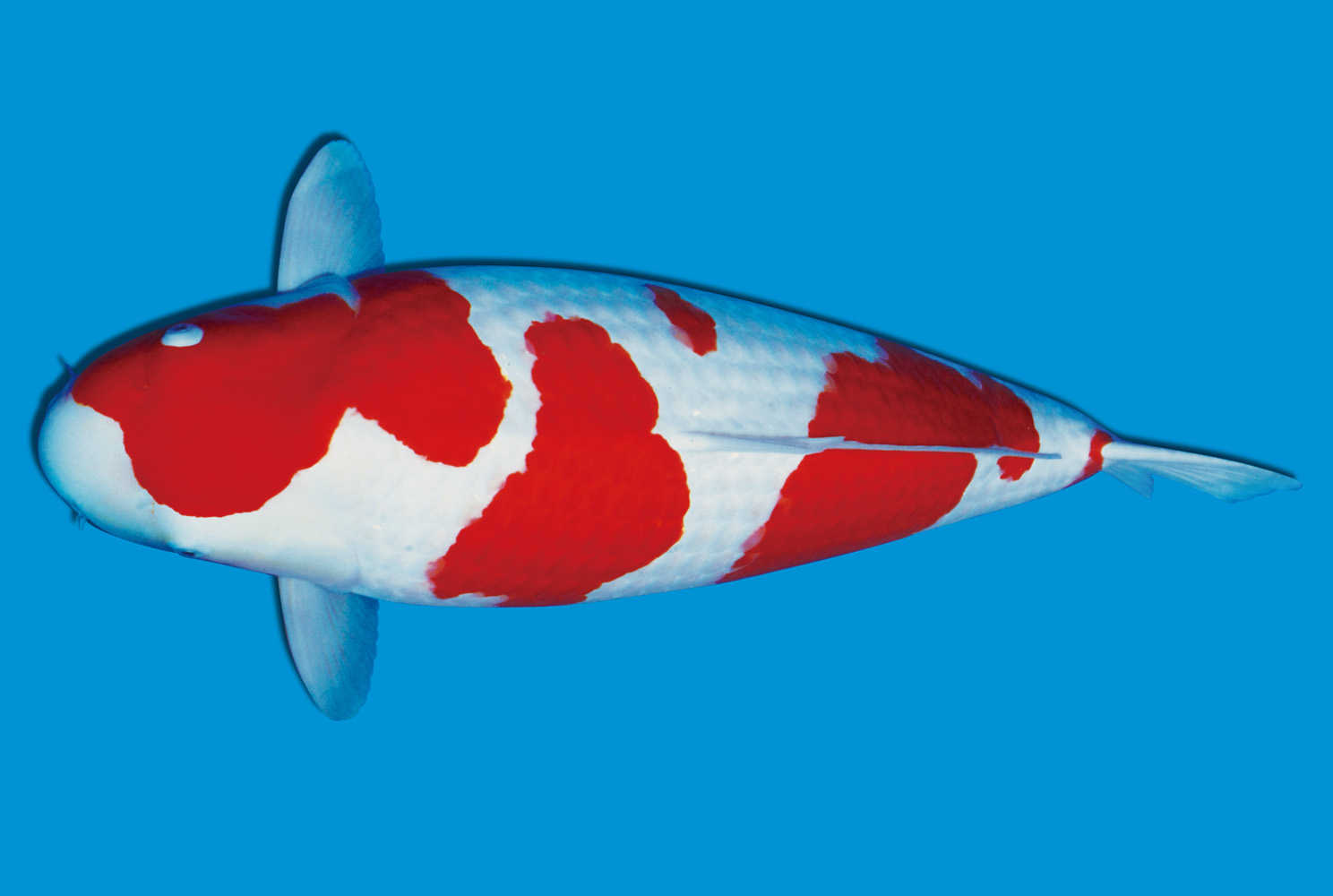How to raise koi, oral filariasis-parasite-koi disease and control-brocade carp-view
Oral filariasis is one of the common parasitic diseases of koi, which is easy to occur in small fish tanks or small fish ponds with dirty water. After suffering from this disease, koi often fall asleep at the bottom of the tank, and the serious body will attach a layer of white or grayish blue mucus, so it is also known as Baiyun disease. The occurrence of this disease should be treated with caution, which may cause a large number of deaths of fish. How to raise brocade carp, oral filariasis is one of the problems that need to be overcome.
Oral filariasis belongs to the phylum of fleshfoot flagellates of protozoa, of which the most common is floating filariasis. The body is oval, the centrosome is about 0.006 mm long and 0.004 mm wide, has 2 or 4 flagella, can rotate and swim, and there is a round nucleus in the body.

When the oral filariasis is fixed in the tissue, the body of the worm is pear-shaped, and the flagellum disappears to form a flat fixed disk attached to the tissue, which can wobble up and down, left and right, struggling and trembling.
The oral filariasis mainly lives in the water temperature of 20 ℃. Once it reaches 12 ℃, it can reproduce in large numbers, and it is the easiest to reproduce when the PH value is 5-6 and the temperature is 24 ℃. The oral filariasis mainly depends on the cell debris of the host for survival, and can be divided directly during reproduction. By the method of longitudinal dichotomy, it can directly infect and transfer the host without the need for an intermediate host. The water temperature is most active at 24 ℃, and when the water is slightly acidic, it is easy to reproduce in large numbers. It can produce a generation in a few hours. When the environment does not adapt, it can form resistant cysts and attach to the fish or the bottom of the pond to wait for the opportunity. In koi culture, oral filariasis mainly occurs from late autumn to spring. If the conditions are suitable, the disease of oral filariasis develops very rapidly, and a large number of young fish will die in 3-5 days. Big fish after overwintering. Due to lack of feed, it is also easy to cause oral filariasis and cause the death of koi.
For more questions about koi, please consult the Koi Forum.
.
- Prev

Treatment of dermatosis of koi, how to treat vertical scale disease of koi
Vertical scale disease, also known as pine scale disease, scale disease. It is a disease mainly prevalent in still water fish ponds, which mainly harms koi and other cyprinid fishes. Disease can lead to the death of a large number of diseased fish. Feather white koi picture (female fish 61 cm) symptom recognition: the body surface of koi disease is rough.
- Next

Koi disease symptoms, fish lying down at the bottom of the cylinder how to do-other diseases-koi disease and prevention
Brocade carp is a kind of large ornamental fish, and there are many kinds of brocade carp. It has the laudatory name of "living jewel in water" and "art that can swim". And because they do not have such high requirements for water quality, they are very popular. But in.
Related
- On the eggshell is a badge full of pride. British Poultry Egg Market and Consumer observation
- British study: 72% of Britons are willing to buy native eggs raised by insects
- Guidelines for friendly egg production revised the increase of space in chicken sheds can not be forced to change feathers and lay eggs.
- Risk of delay in customs clearance Australia suspends lobster exports to China
- Pig semen-the Vector of virus Transmission (4)
- Pig semen-the Vector of virus Transmission (3)
- Five common causes of difficult control of classical swine fever in clinic and their countermeasures
- Foot-and-mouth disease is the most effective way to prevent it!
- PED is the number one killer of piglets and has to be guarded against in autumn and winter.
- What is "yellow fat pig"? Have you ever heard the pig collector talk about "yellow fat pig"?

